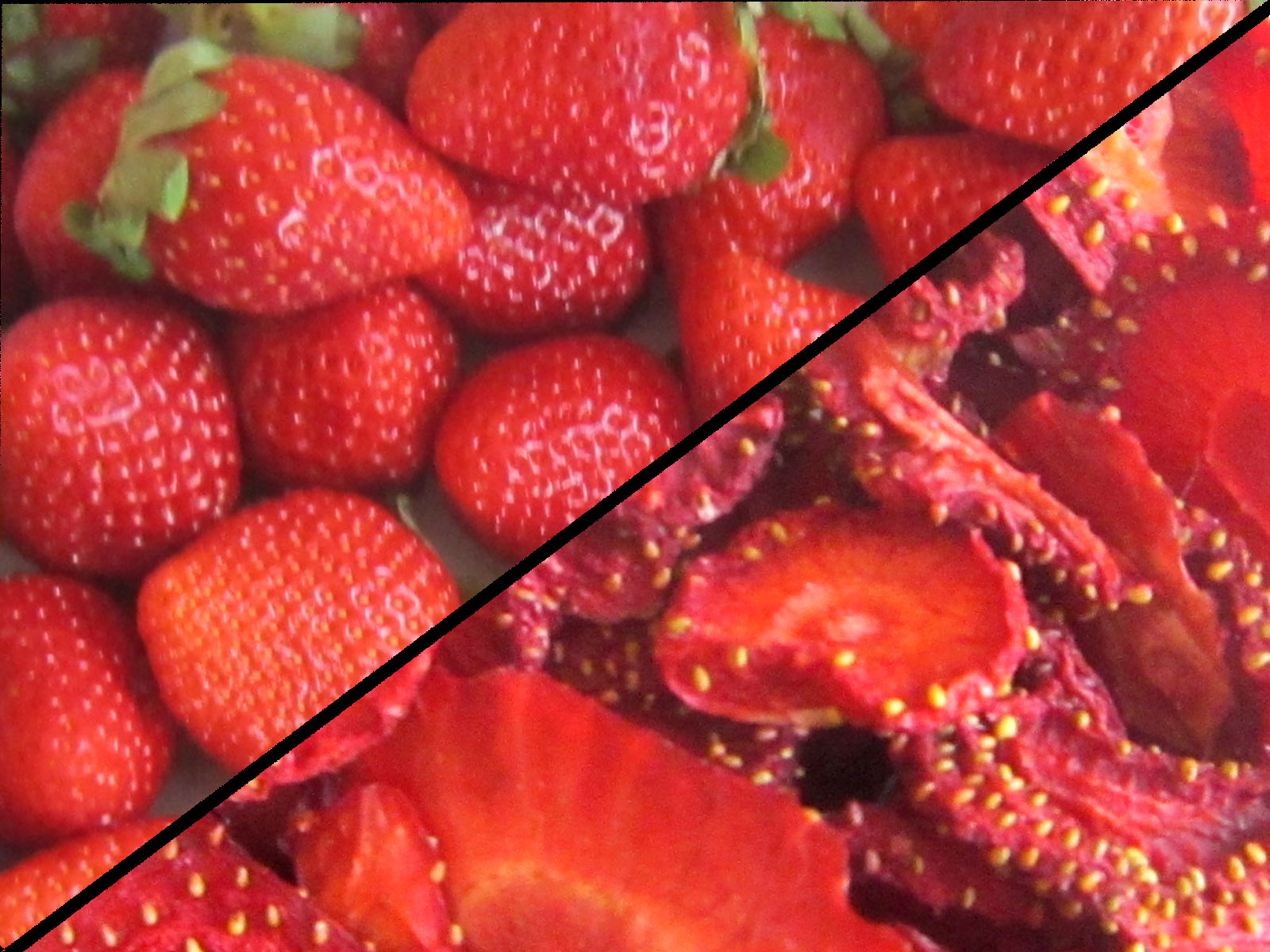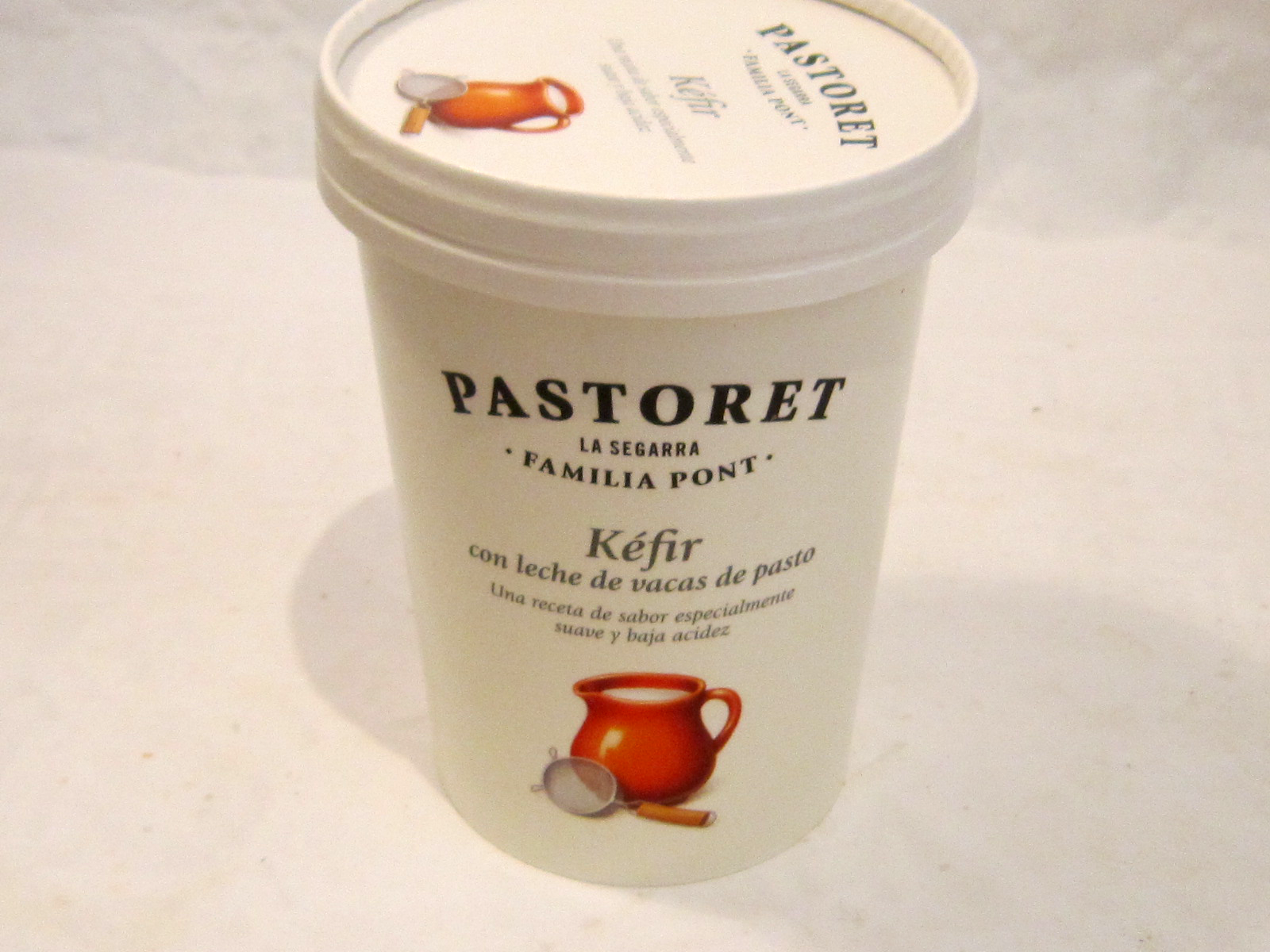When I first came across the term I naively thought that there was an established list of recognised super foods out there somewhere, with some official body’s stamp of approval.
Not so!
I have discovered that the term “super food” has only been around since 2005. It was a term created by marketers in the food industry to suggest a product that had powerful nutritional benefits.
And there is no confirmed approved list. There is however a fast growing scientific interest in “functional foods” which in the USA are defined as “any modified food or food ingredient that may provide health benefit beyond the traditional nutrients it contains”
Super foods are also usually nutrient dense. Nutrient density is a calculation that establishes the nutrition available in any food in relation to the number of calories it contains. So a bag of crisps is high in calories but low in nutrition, making it a low nutritionally dense food. Whole, seasonal, organically-grown foods have the highest nutrient density ratings as there is nothing contained in them that does not need to be there.
Although there is no formal list of super foods, to be added to my list they should have one or more of the following characteristics:
- Evidence of already proven health benefits (for example the effects of eating strawberries on the health of the heart).
- An ingredient that is not common to most other fruits (Like the protein digesting enzymes found in papaya)
- A very high percentage of a particular vitamin or mineral (Such as the vitamin C content in guavas)
- High nutritional density




